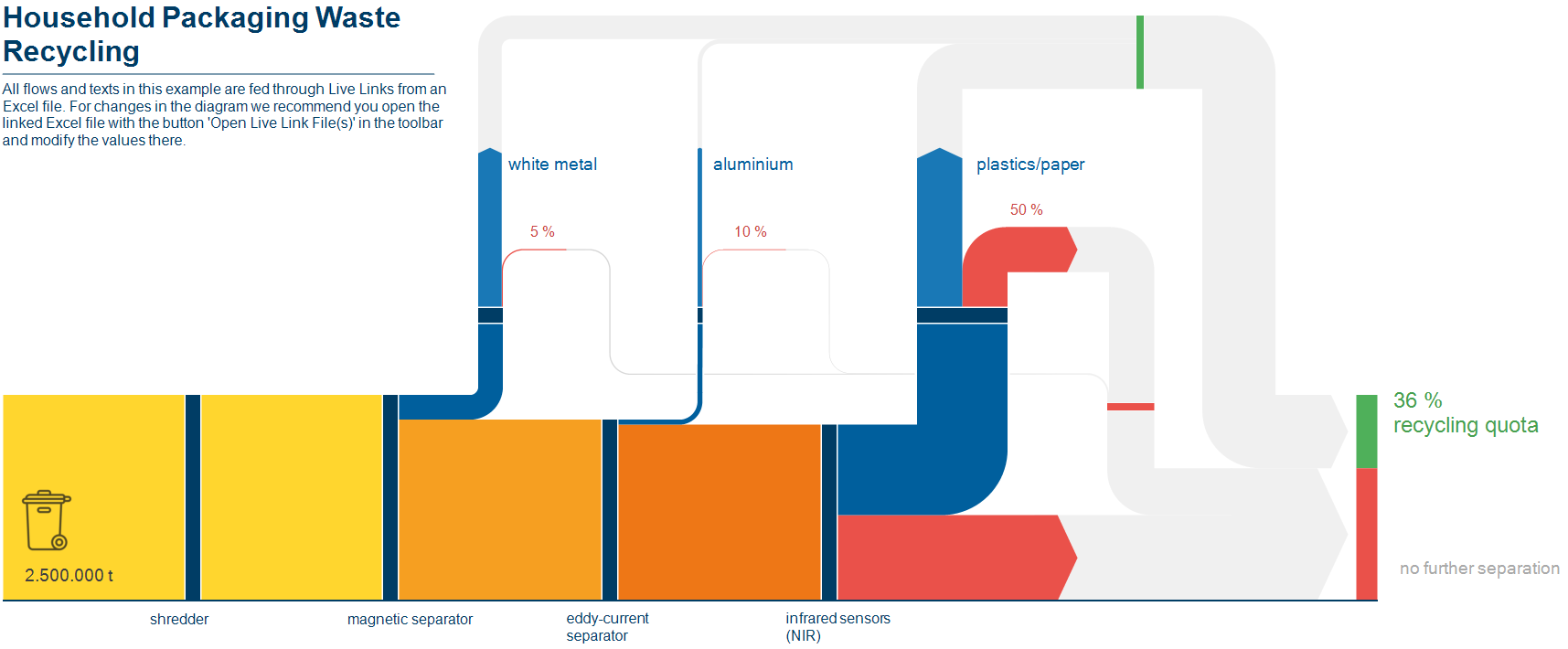I confess I am not a fan of this Sankey diagram, but since the topic is kind of interesting I thought I’ll share it with you anyway… Ah, those times when you could just decide to pack your stuff and head off someplace…
This distribution diagram show visitors from non-European countries to different Italian regions in 2012. It is from a 2014 report ‘DATATUR trend e statistiche sull’economia del turismo’ (trends and statistics on the tourism economy) by the Italian Federation of Hotels and Tourism (Federalberghi).
The report has a number of these figures, distinguishing areas/countries of origin and destination regions. This diagram splits non-European visitors by country of origin and links them to the Italian destination regions. Data is from the National Italian Statistics Office (Istat).
All the crossing streams in the middle really create visual mess. Spaghetti diagram (as some people have labelled this type of distribution diagram) seems to be an appropriate term here.
What we can see is that in 2012 the largest group of non-European visitors to Italy were from the United States (34%), followed by tourists from Japan and China. And Americans like to travel to the Lazio region (Rome), to Tuscany (Florence, Pisa, Siena, …) and the Veneto region (Venice).
There is a newer report to be found on the Federalbergi website with diagrams based on 2017 data, if you want to check out any major shifts in tourists choice of destination…



